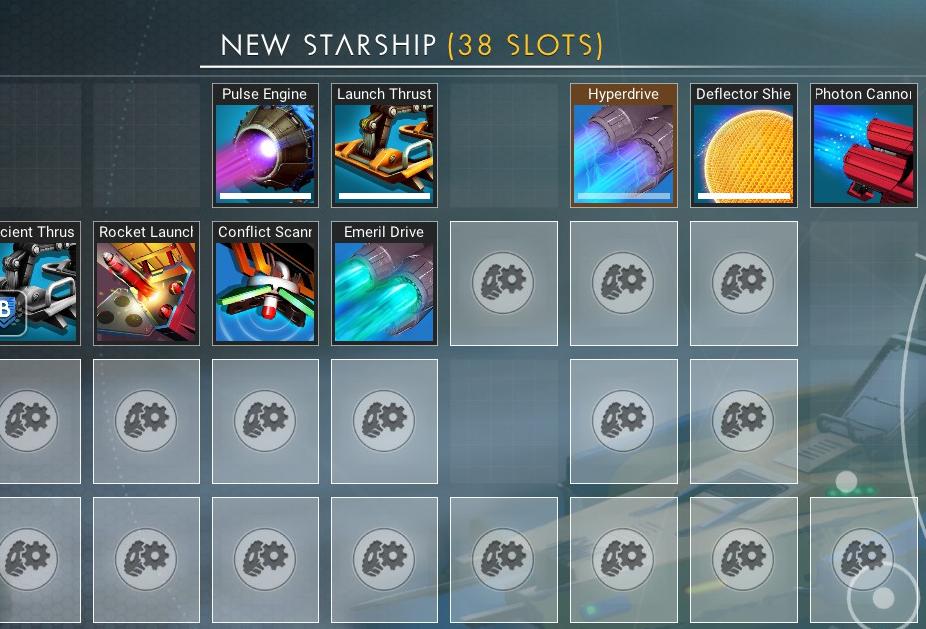

Overall, our research demonstrated that surface modification, particularly protein association, significantly affected cellular response to CdS NMs, and cellular uptake may not be an appropriate parameter for predicting the toxic effects of these nanomaterials in human lungs.Īpoptosis Cadmium sulfide nanomaterials Cellular uptake FcγRIIB receptors Macrophages Protein corona.Ĭopyright © 2018 Elsevier Inc. Cytotoxicity of CdS NMs was greatly alleviated by coating the nanomaterials with polyethylene glycol (PEG), because PEG decreased the adsorption of proteins that interact with the FcγRIIB receptors on cell surface. Cadmium is found on planets orbiting red stars, and can be placed in a Refiner to create purified Chromatic Metal for use in the. Such stellar material ends up forming deposits in the crust of local planets. A chromatic metal, generated by fusion in the heart of a star. It is located on planets known as red stars, orbiting the Class M system. Recycling Summit 2021 entitled 16th World Convention on Waste Recycling and Reuse scheduled on April 02-03, 2021 will give an opportunity to present, reflect, exhibit, network, discuss & learn and. Protein-coated CdS NMs enhanced the expression of FcγRIIB receptors on the cell surface, and the interaction between this receptors and proteins inhibited cellular uptake of CdS NMs while triggering cell apoptosis via the AKT/Caspase 3 signaling pathway. Cadmium (Cd) is a resource in No Man's Sky.

Here, we showed that protein corona played an essential role in determining cellular uptake and cytotoxicity of CdS NMs in macrophages. Humans are likely exposed to cadmium sulfide nanomaterials (CdS NMs) due to the increasing environmental release and in vivo application of these materials, which tend to accumulate and cause toxic effects in human lungs, particularly by interrupting the physiological functions of macrophage cells.


 0 kommentar(er)
0 kommentar(er)
